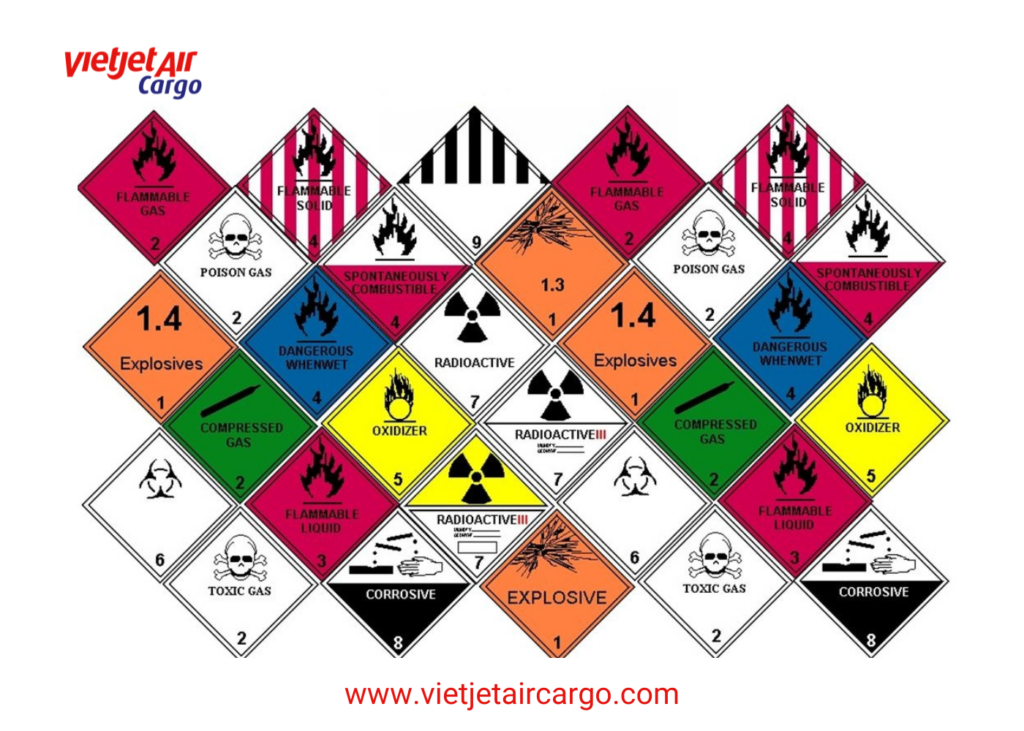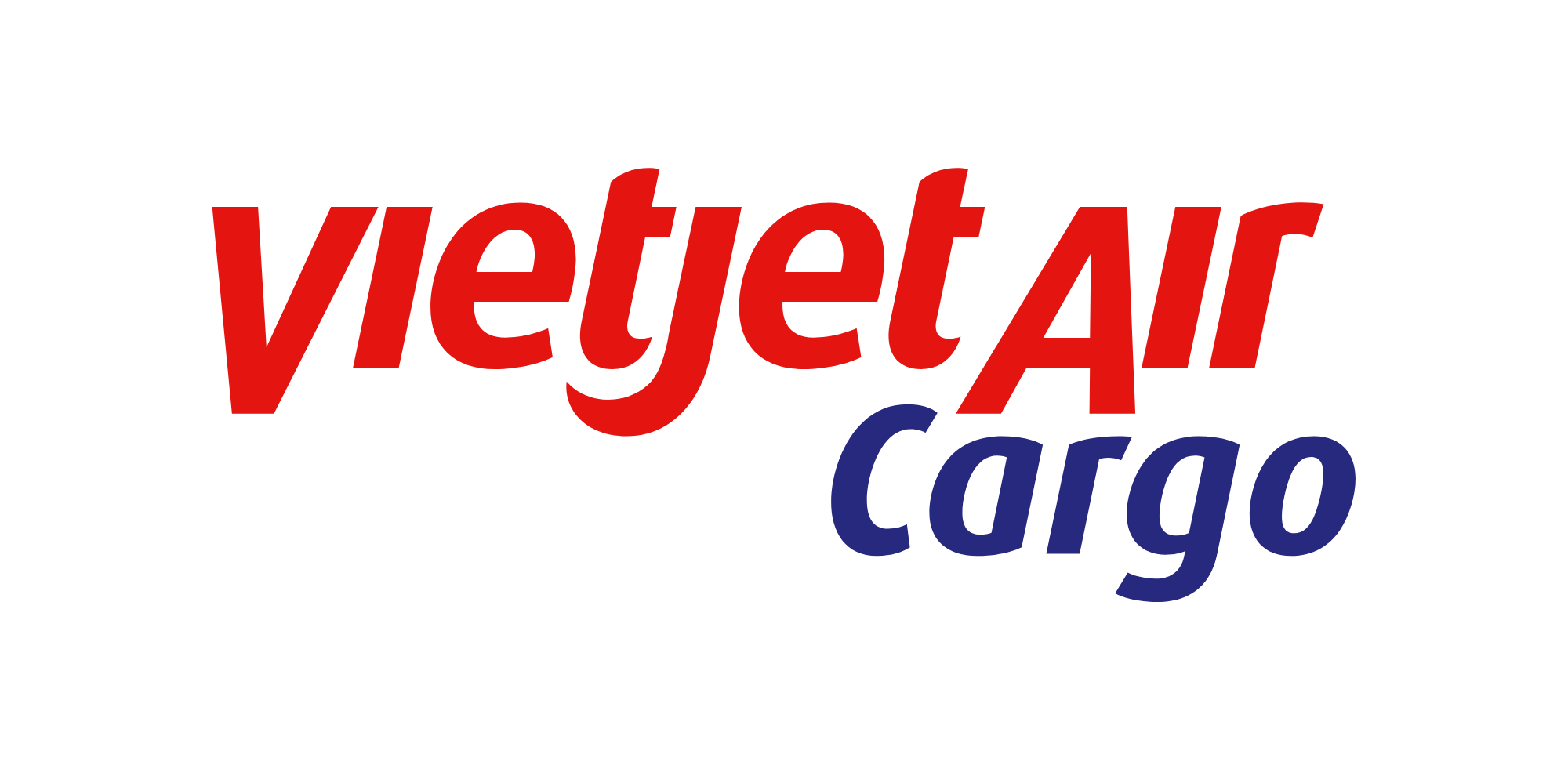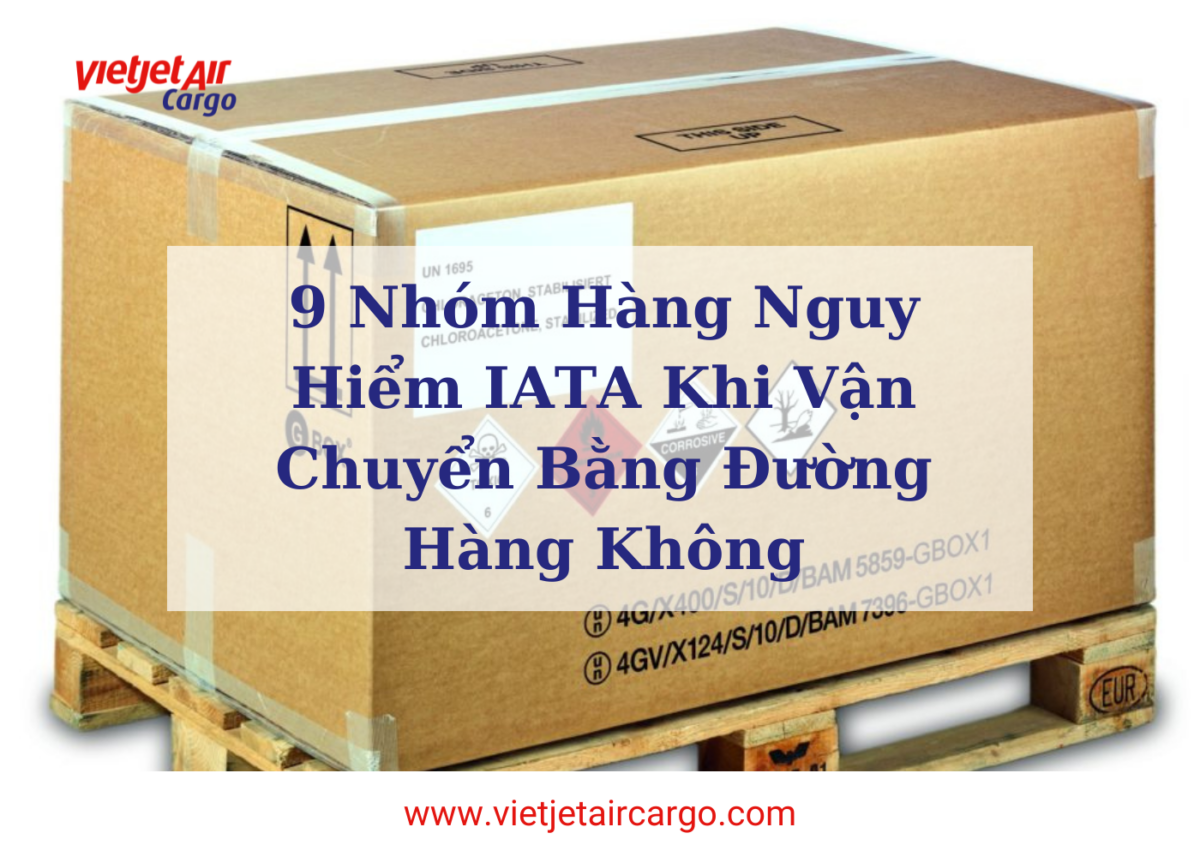What are dangerous goods for air transportation?
Dangerous goods for air transportation refer to goods that contain hazardous substances, explosives, flammable materials, toxic substances, or substances that pose a risk to human health, animals, or the environment when transported by air. These goods can be hazardous to the flight crew, passengers, and individuals involved in the transportation process.
The types of dangerous goods include explosives, gases, flammable liquids, flammable solids, oxidizing substances, toxic substances, infectious substances, radioactive materials, and corrosive substances. These goods must be properly packaged, labeled, and transported according to the strict regulations of the International Civil Aviation Organization (ICAO) and the International Air Transport Association (IATA).
IATA’s Dangerous Goods Categories for Air Transportation
Category 1: Explosives
This category is further divided into six smaller groups based on the level of danger or explosive force: Division 1.1, Division 1.2, Division 1.3, Division 1.4, Division 1.5, and Division 1.6. These divisions define the specific hazards and restrictions for each explosive material.
Category 2: Gases
This category is divided into three groups:
- Flammable gases, including gas lighters and gas cylinders, referred to as Division 2.1.
- Compressed gases used for breathing, such as oxygen cylinders, referred to as Division 2.2.
- Toxic gases, referred to as Division 2.
Category 3: Flammable Liquids
This category includes substances such as paint, oil, gasoline, alcohol, and high-alcohol content beverages.
Category 4: Flammable Solids
This category includes substances that are spontaneously combustible or that emit flammable gases when in contact with water. It is further divided into three smaller groups:
- Division 4.1: Flammable solids, such as metal powders or substances that ignite upon temperature changes. Most of these substances are prohibited from being transported by aircraft.
- Division 4.2: Substances liable to spontaneous combustion, such as white phosphorus.
- Division 4.3: Substances that emit flammable gases upon contact with water.

Category 5: Oxidizing Substances and Organic Peroxides
This category is divided into two groups:
- Division 5.1: Oxidizing substances.
- Division 5.2: Organic substances containing oxygen. Strict temperature control is required for this category.
Category 6: Toxic and Infectious Substances
This category is divided into two groups:
- Division 6.1: Toxic substances, such as pesticides.
- Division 6.2: Infectious substances, including viruses that can cause diseases in humans or animals. These substances require laboratory testing and handling.
Category 7: Radioactive Materials
This category includes medical devices such as X-ray machines, scanners, and some equipment used in the petroleum industry.
Category 8: Corrosive Substances
This category includes items such as batteries, accumulators, and acids.
Category 9: Miscellaneous Dangerous Goods
This category includes dangerous goods that do not fall into the previous eight categories, such as dry ice, vehicles, motorcycles, engines, and lithium batteries.
Maximum Weight Allowances for Dangerous Goods Transported by Air
- Explosives: The net mass must not exceed 250 kg in total.
- Magnetic Materials: The transport weight should be below 2,000 kg, ensuring proper packing of opposing magnetic poles and appropriate shielding to minimize magnetic field effects.
- Vehicles: Apart from IATA regulations, certain requirements must be met:
- No fuel in the tank.
- Wet batteries must be removed from the vehicle and packed separately
- Electrical power must be disconnected from the engine, and the tires must have reduced pressure.
- Radioactive Materials: Only transport is allowed for empty packaging and type A packaging. The maximum index per package should not exceed 3, and the total index per flight should not exceed 10.
- Dry Ice: The quantity of dry ice must be limited in each cargo hold. It should not be placed on live animals or near live animals.
With such strict classification, IATA aims to ensure the highest level of safety and security for humans and the environment during air cargo transportation. However, consumers also need to be aware of these regulations and pay attention to the labels identifying dangerous goods to avoid difficult or dangerous situations when using these products.
If you need to transport dangerous goods by air, please contact Vietjetair Cargo, one of the reputable and professional cargo transportation companies in Vietnam. We are committed to providing safe and compliant transportation services for dangerous goods according to IATA regulations, ensuring fast and efficient delivery. Contact us now for advice and support regarding the transportation of dangerous goods.

